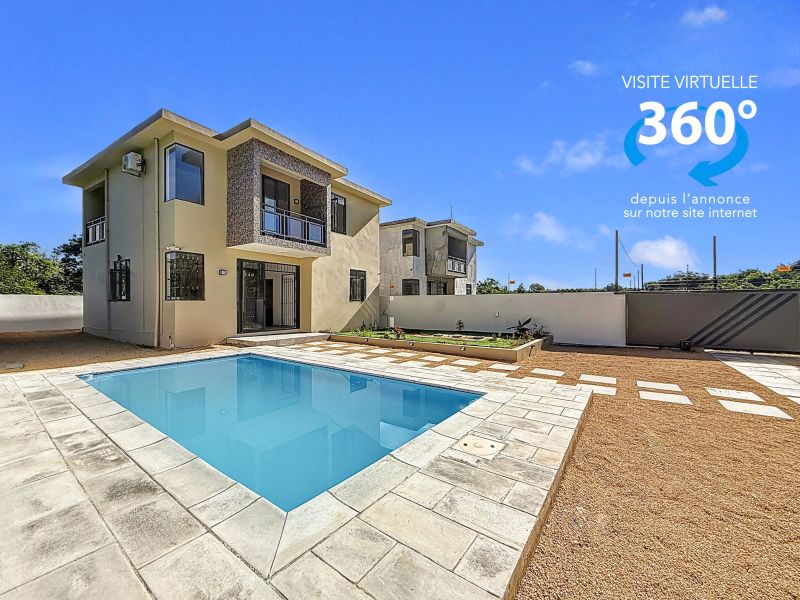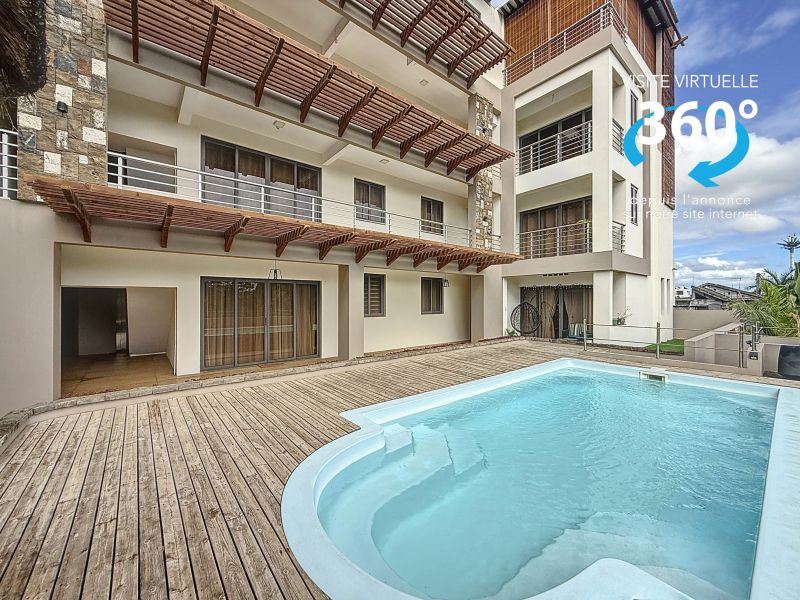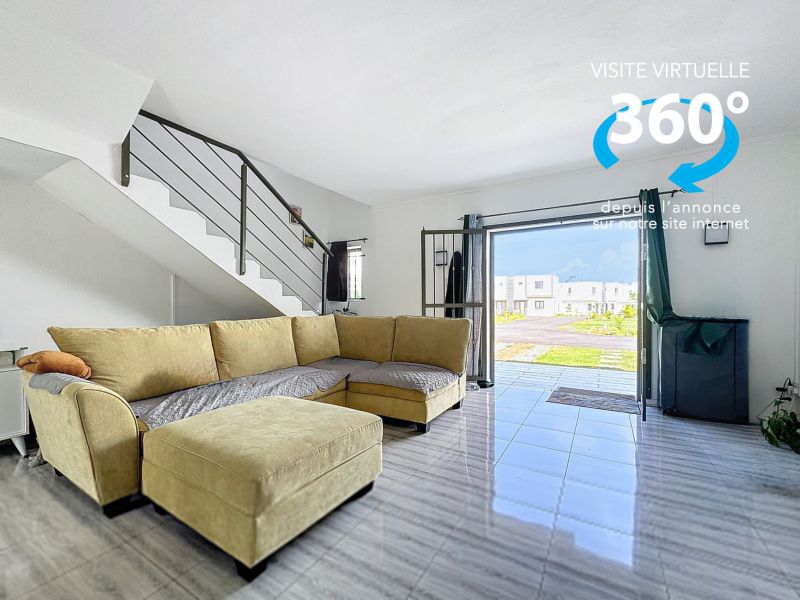Coin de Mire
It takes 8 kilometers to cover and a sail of about an hour (by catamaran and half an hour by speed-boat) to reach to The Gunner’s Quoin or Coin de Mire in French, an island to the north of Mauritius. It can be seen from the beach of Cap Malheureux. You cannot have a sunbath on this one; mooring on the island is not only physically impossible, but also prohibited, since it has been declared as a nature reserve. This does not mean missing out on the beauty of the biodiversity though; some proximity is enough for observation. Many sea excursions to the islands surrounding Mauritius include a stopover in the vicinity of Coin de Mire.
The whale-shaped island
The Gunner’s Quoin can be easily spotted from afar due to its shape. It resembles a gigantic rock whale just at the surface of the water. There in fact are whales around the Gunner's Quoin, even if they are shy.
In the 1700s, Dutch settlers have attempted to plant sugarcane on the island and therefore decided to settle there. However, they had to give up, owing to the dry and windy conditions. The place still contains proof of their presence to this day.
Because of the impossibility of mooring to its shores, the French used Coin de Mire as a sort of fort during the battle opposing France to Britain. Canons were placed strategically at the tip of the cliff in order to protect the Flat Island. Pieces of the canons were inserted into the rock of Coin de Mire by the British soldiers at the end of the battle.
Fauna and Flora
Far from the human world, the Gunner’s Coin is an animal and plant kingdom. Well-protected, the place is home to not only the white-tailed Paille en Queue but also to red-tailed tropicbirds and muttonbirds (wedge-tailed shearwaters).
Its grounds are covered with creepers such as the Cynanchum, the Latania loddigesii (blue lataniers), prickly pear and the ‘tormentorii’ aloe, which can be found on the northern islands of Mauritius only.
The water around the island is so welcoming that you will definitely want to swim. While you are at it, do take along your snorkeling gear. Snorkeling in the waters of Coin de Mire will allow you to see the strange Picasso triggerfish, the funny trumpet fish, the large trevally, the pretty damselfish and pipefish can be seen, along with flamboyant tube worms on the oceanic floor.
Sightings of spinner dolphins and sea turtles have also been reported around the area. Who knows, you might get to see them? You could even swim with the dolphins!
The amazing diving spots
Coin de Mire is famous for its diving spots as well. About 11 have been cited: Confetty Bay, Small Valley, Lost Anchor, The Wall, Three Caves, The Channel, Big Rocks, The Carpenters, The River, Stingray Bed and Djabeda.
The aforementioned one was a Japanese fishing boat which sunk in 1998. Today at about 34 meters below the surface, nature has claimed “Djabeda” as its home. Triggerfish, moray eels, leaf fish and lion-fish are known to swim around it while its floor is covered in corals. The underwater caves in the area are worth a visit too.
Coin de Mire is a destination for nature lovers. You will feel like a real pirate going for exploration. It is a rejuvenating experience, a show put on only for those who would truly appreciate it.





